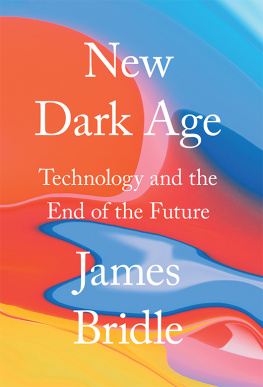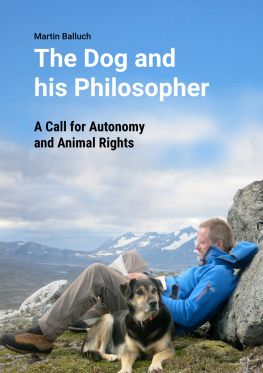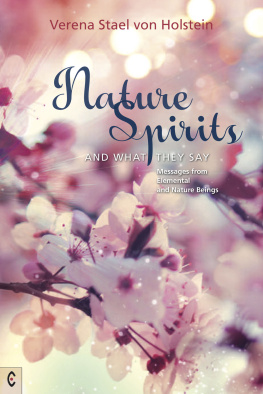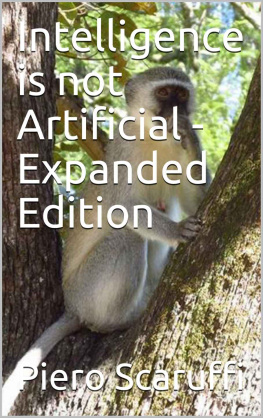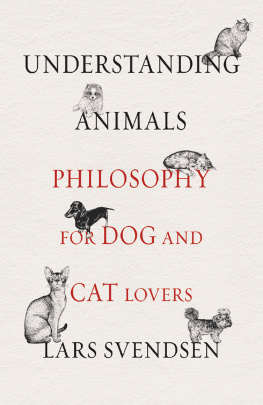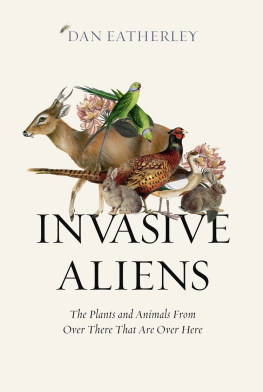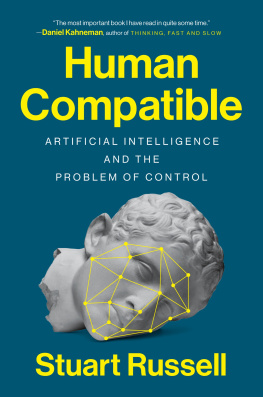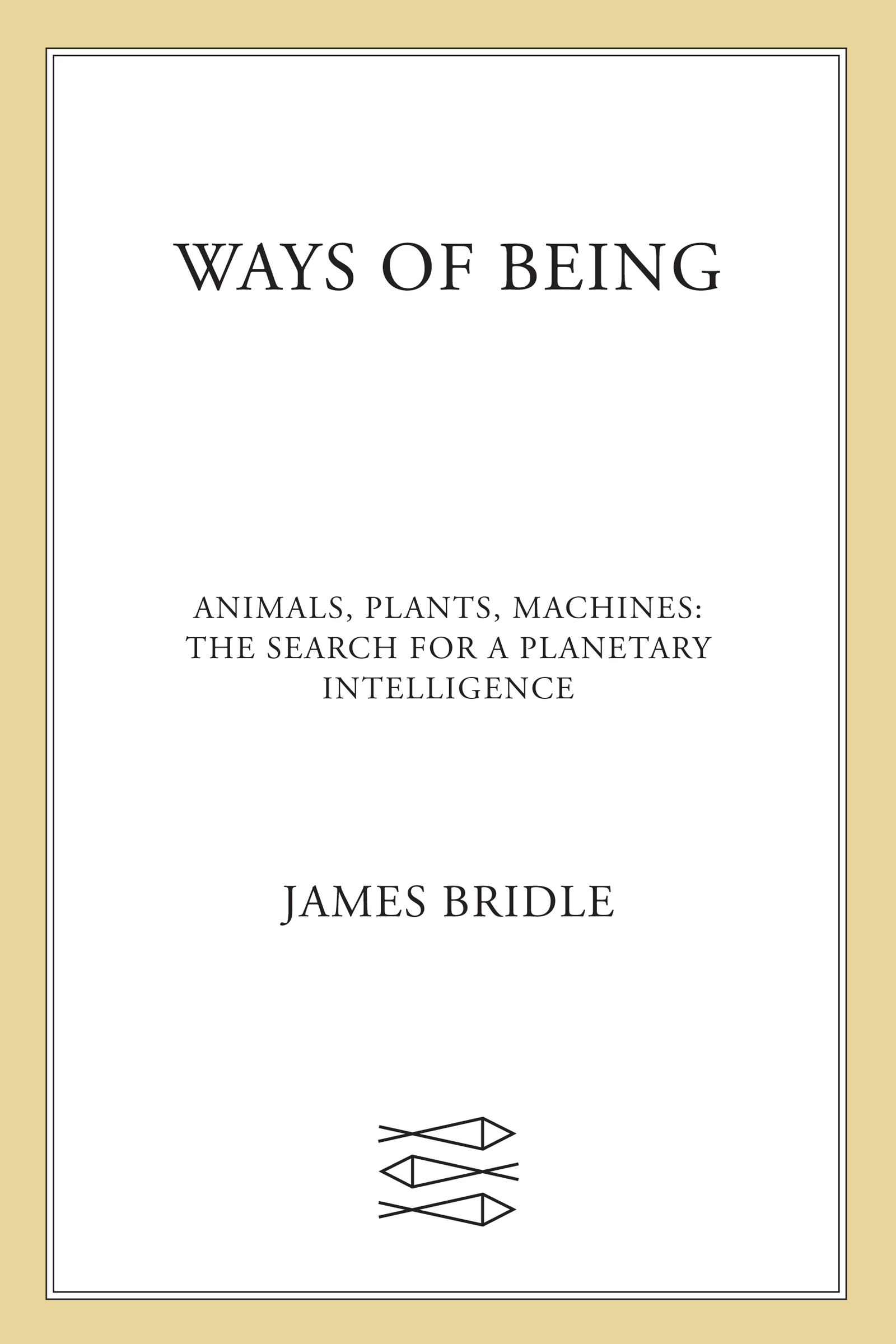Contents
Guide
Pagebreaks of the print version

The author and publisher have provided this e-book to you for your personal use only. You may not make this e-book publicly available in any way. Copyright infringement is against the law. If you believe the copy of this e-book you are reading infringes on the authors copyright, please notify the publisher at: us.macmillanusa.com/piracy.
For Navine and Zephyr
, :
We have plenty of time, apparently; and besides, the locusts seem to be looking down upon us as they sing and talk with each other in the heat.
Plato, Phaedrus, 258e, from Plato in
Twelve Volumes, Vol. 9, 1925
Enough about Human Rights!
What about Whale Rights?
What about Snail Rights?
What about Seal Rights?
What about Eel Rights?
What about, what about,
What about, what about Bug Rights?
What about Slug Rights?
What about Bass Rights?
What about Ass Rights?
What about Worm Rights?
What about Germ Rights?
What about Plant Rights?
Moondog
Enough about Human Rights,
from the album Hart Songs by Moondog, 1978
Visualizations of a neural networks way of seeing. Image: James Bridle.
Autonomous Trap 001, Mount Parnassus, 2017. Image: James Bridle.
Illustration from Benjamin B. Beck, A Study of Problem Solving by Gibbons, Behaviour, 28 (1/2), 1967, p. 95. Reproduced with permission from Brill.
Portrait of Jenny, the first orang-utan at London Zoo. Printed by W. Clerk, High Holborn, in December 1837. The Picture Art Collection / Alamy Stock Photo.
Happy in her enclosure at the Bronx Zoo, 2012. Photo: Gigi Glendinning / Nonhuman Rights Project.
Koko the gorilla learning sign language with trainer Penny Patterson, 3 March 1978. Bettmann / Getty Images.
The Divje Babe flute. Photo: Divje Babe National Park.
The megaliths of Gbekli Tepe. Image: James Bridle.
An X-ray fingerprint of ribosomal RNA , annotated by Carl Woese. Norman R. Pace, Jan Sapp and Nigel Goldenfeld, Phylogeny and Beyond: Scientific, Historical, and Conceptual Significance of the First Tree of Life, Proceedings of the National Academy of Sciences, Jan 2012, 109(4), pp. 101118.
Ford Doolittles reticulated tree. W. F. Doolittle, Phylogenetic Classification and the Universal Tree, Science, 284(5423), June 1999, pp. 21249. DOI :10.1126/science.284.5423.2134.
The Marsham phenological record in Norfolk from XIII . Indications of Spring, observed by Robert Marsham, Esquire, F.R.S. of Stratton in Norfolk. Latitude 52 45 by Robert Marsham, Philosophical Transactions of the Royal Society, vol. 79 (1789). The Royal Society.
115cm Bamboo Rod. Image: James Bridle.
Two figures from Charles and Francis Darwins The Power of Movement in Plants, tracing the movement of a cabbage over forty-eight hours. The Power of Movement in Plants (London: John Murray, 1880).
The Bride Stripped Bare by Her Bachelors, Even (The Large Glass) by Marcel Duchamp, 191523. Association Marcel Duchamp / ADAGP, Paris and DACS, London 2021.
Radar image showing ring angels at sunrise on 1 September 1959. Figure from W. G. Harper, Detection of Bird Migration by Centimetric Radar A Cause of Radar Angels, Proceedings of the Royal Society of London B: Biological Sciences, 149(937), 24 December 1958, pp. 484502. B149484502; https://doi.org/10.1098/rspb.1958.0088.
NEXRAD radar mosaic showing bird flocks in flight, 8 May 2009. National Centers for Environmental Information (NCEI).
A false colour Landsat image showing a small portion of Australias Gulf of Carpentaria, February 2009. Geoscience Australia / USGS / NASA.
Landsat images of Basilicata, Italy in (a) 1984, and (b) 2010. Giuseppe Mancino et al., Landsat TM Imagery and NDVI Differencing to Detect Vegetation Change: Assessing Natural Forest Expansion in Basilicata, Southern Italy, iForest Biogeosciences and Forestry, 7(2), pp. 7584, April 2014, 2014 SISEF.
Giovanni Forte taking a phone call. Image: James Bridle.
Large scale research platform proposed for Dolphin Embassy by Ant Farm, 1974. Drawing by Curtis Schreier.
Grey Walter with one of his tortoises and its hutch, November 1953. John Pratt / Keystone Features / Hulton Archive / Getty Images.
W. Ross Ashbys homeostat, 1948. Mick Ashby, on behalf of the Estate of W. Ross Ashby / Wikimedia Creative Commons.
Stafford Beers Cybernetic Factory. Reprinted in Beer, How Many Grapes Went into the Wine?: Stafford Beer on the Art and Science of Holistic Management (New York: Wiley, 1994).
A slime mould maps the Tokyo rail network. A. Tero et al., Rules for Biologically Inspired Adaptive Network Design, Science (2010). https://www.science.org/doi/abs/10.1126/science.1177894
Slime moulds figuring out the shortest distances between cities. Zhu Liping, Kim Song-Ju, Hara Masahiko and Aono Masashi, Remarkable Problem-solving Ability of Unicellular Amoeboid Organism and its Mechanism, Royal Society Open Science, Vol. 5, Issue 12 (2018). open sci.5180396180396.
A crab computer. Y.-P. Gunji, Y. Nishiyama, A. Adamatzky, T. E. Simos, G. Psihoyios, C. Tsitouras and Z. Anastassi, Robust Soldier Crab Ball Gate, Complex Systems, 20(2), 93 (2011) https://aip.scitation.org/doi/abs/10.1063/1.3637777. 2011, AIP Publishing.
Vladimir Lukyanovs water computer, 1936. Image courtesy of the Polytechnic Museum, Moscow.
Chesapeake Bay Model technician at a tide gauge located on the Elizabeth River, at Portsmouth, Virginia, August 1977. US Army Corps of Engineers Waterways Experiment Station photo. US Army Corps of Engineers, Waterways Experiment Station.
Superstudio, still from Supersurface, 1972. Photo Archivio Toraldo di Francia Filottrano.
MONIAC , Bill Phillips, 1949. Science Museum Group.
The Cockroach Controlled Mobile Robot. Garnet Hertz, Cockroach Controlled Robot #1 (2004). www.conceptlab.com/roachbot/
A klepsydra with handles and inscription restored, from a watercolour by Piet de Jong. Source: Suzanne Young, The American Excavations in the Athenian Agora: Sixteenth Report, Hesperia, Vol. 8, No. 3 (JulySeptember 1939), pp. 27484. https://doi.org/10.2307/146678.
An ostrakon calling for the exile of Themistocles (480s470s BCE), Ancient Agora Museum, Athens. Image: James Bridle.
ERNIE 1, 1957. Reproduced with permission of National Savings and Investments (NS&I).
ERNIE 3, 1988. Reproduced with permission of National Savings and Investments (NS&I).
The first page of the RAND Corporations book A Million Random Digits with 100,000 Normal Deviates, 1955. A Million Random Digits with 100,000 Normal Deviates (Santa Monica, CA : RAND Corporation, 2001).
Hexagram 52 of the I Ching: (gn): keeping still, mountain. Wikimedia Commons / Ben Finney.
John Cages score for A Dip in the Lake: Ten Quicksteps, Sixty-Two Waltzes, and Fifty-Six Marches for Chicago and Vicinity, 1978. Collection Museum of Contemporary Art Chicago, restricted gift of MCA Collectors Group, Mens Council, and Womens Board; and National Endowment for the Arts Purchase Grant, 1982.19. Photo: MCA Chicago



